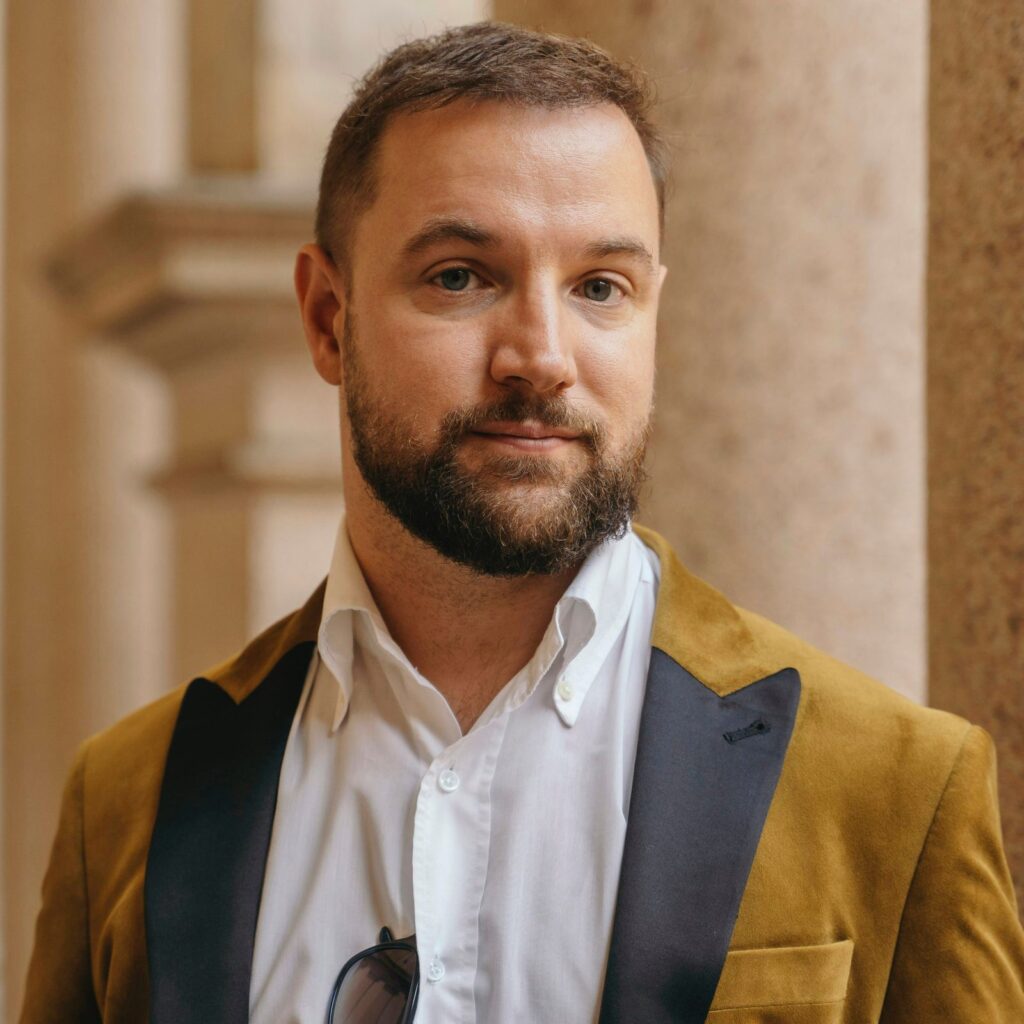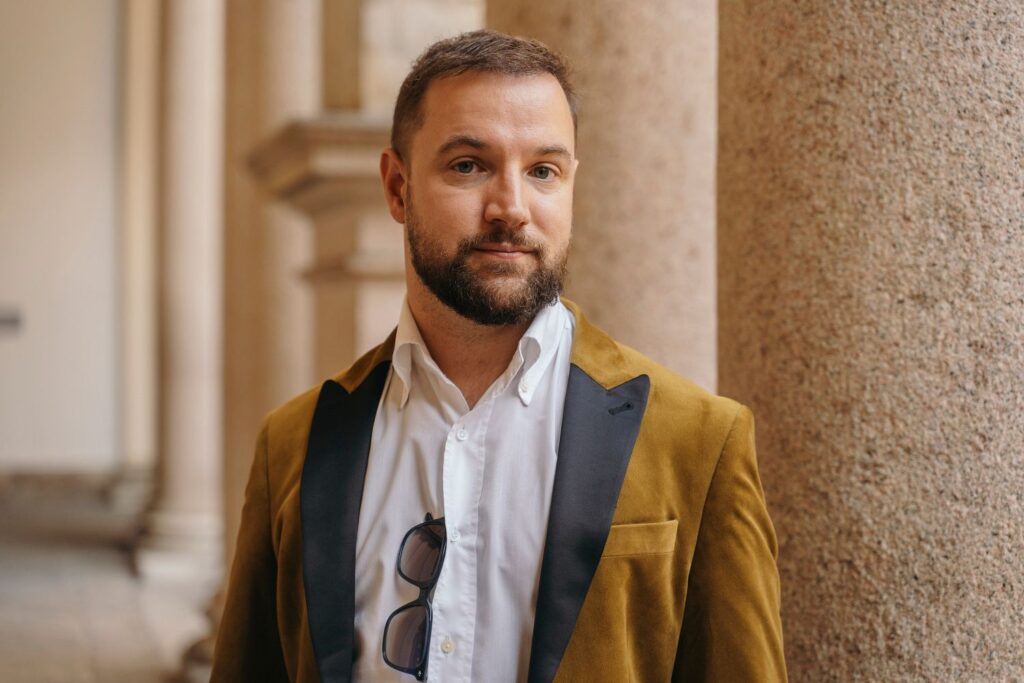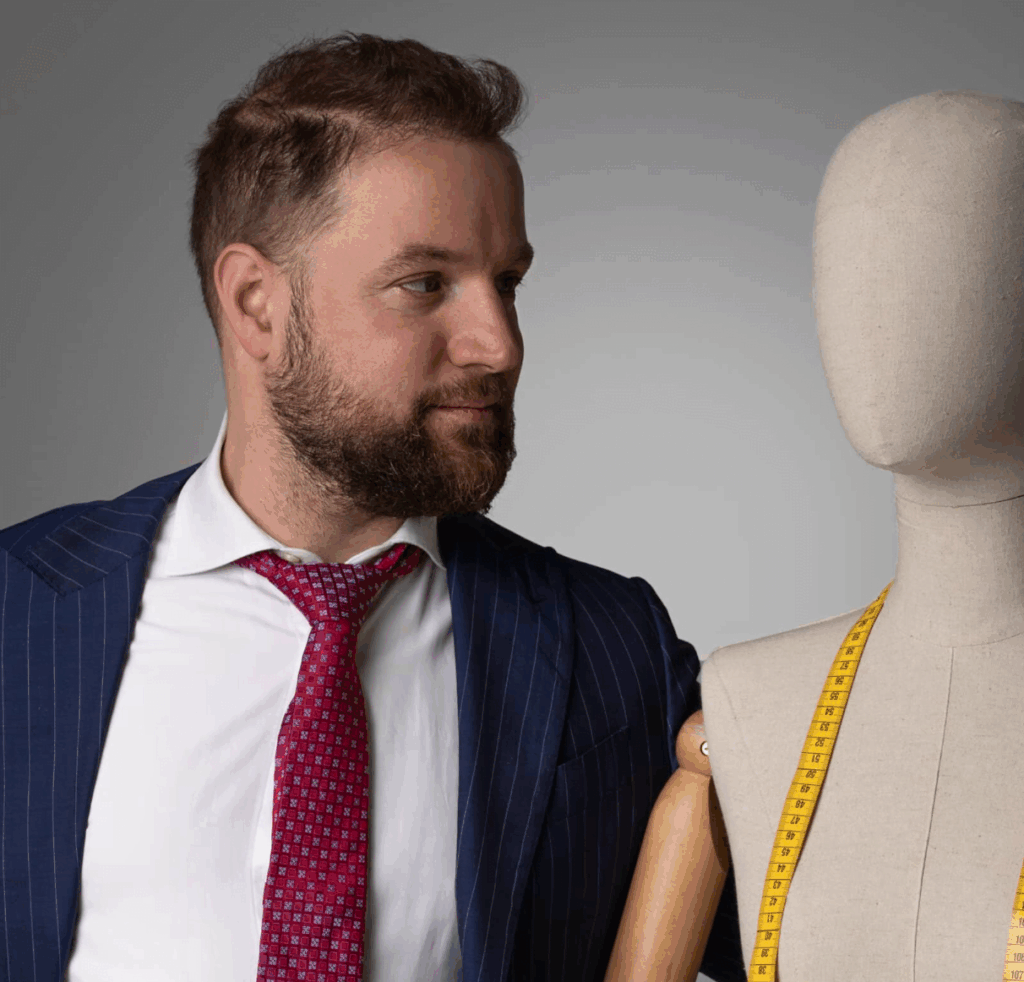Did you know that over 85 percent of luxury CEOs consider technology crucial for their brand’s future? Luxury brands now face unique pressure to innovate while still honoring legacy and craftsmanship. How these companies balance artisanal traditions with new technology decides who stands out in a crowded market. Discover how top luxury brands are shaping authentic, sustainable experiences and defending their status in a fast-evolving world.
Key Takeaways
| Point | Details |
|---|---|
| Balance of Tradition and Technology | Luxury innovation requires a careful integration of technology without compromising artisanal craftsmanship and brand heritage. |
| Holistic Approach to Innovation | Effective luxury innovation encompasses technological, experiential, and sustainable dimensions to enhance brand value and consumer connection. |
| Psychological Consumer Insights | Understanding the emotional drivers behind consumer decisions is essential for crafting meaningful luxury experiences that resonate with high-net-worth individuals. |
| Risks and Strategic Management | Brands must navigate risks such as brand dilution and authenticity erosion through careful planning and alignment with consumer expectations. |
Table of Contents
- Defining Innovation In The Luxury Sector
- Types Of Innovation In Luxury Brands
- Leveraging Technology For Luxury Innovation
- Psychology-Driven Strategies For Premium Positioning
- Risks, Challenges, And Common Mistakes
Defining Innovation in the Luxury Sector
Innovation in the luxury sector represents a nuanced approach that transcends traditional technological advancement. At its core, luxury innovation is about preserving heritage while introducing transformative strategies that enhance value, experience, and sustainability. Unlike mass-market sectors, luxury innovation must maintain an exquisite balance between technological progression and artisanal craftsmanship.
Recent academic research provides compelling insights into this delicate innovation landscape. According to a groundbreaking study on luxury manufacturing, researchers demonstrated how collaborative robotic systems can be integrated into handcrafted processes—specifically leather shoe polishing—without compromising artisanal expertise. This approach exemplifies luxury innovation: utilizing advanced technologies while maintaining human supervision and precision.
The innovation strategy in luxury extends beyond production processes. Understanding brand differentiation in luxury markets reveals that true innovation encompasses multiple dimensions:
- Technological enhancement of production techniques
- Sustainable design and environmental consciousness
- Experiential service design
- Preservation of traditional craftsmanship
- Creating unique customer engagement models
An academic paper on sustainable luxury tourism further illustrates this multifaceted approach. By applying the triple bottom line framework—balancing environmental, social, and economic performance—luxury brands can innovate through holistic service design. This demonstrates that innovation in luxury is not merely about technological advancement, but about creating meaningful, responsible experiences that resonate with discerning consumers.
Types of Innovation in Luxury Brands
Innovation in luxury brands is a multifaceted concept that encompasses technological, experiential, and strategic transformations. Digital innovation has emerged as a critical driver, revolutionizing how luxury brands create, market, and engage with their discerning clientele. This evolution goes far beyond traditional technological upgrades, representing a holistic reimagining of luxury experiences.
Digital fashion research reveals groundbreaking approaches to product innovation. According to recent studies, hyper-realistic 3D garment simulations created through AI and advanced software are redefining luxury consumption. These digital experiences not only support sustainability efforts by reducing physical prototyping but also provide immersive ways for customers to interact with luxury products.
The innovation landscape in luxury brands can be categorized into several key dimensions:
Here’s a comparison of the primary innovation types shaping the luxury sector:
| Innovation Type | Description | Key Example |
|---|---|---|
| Technological | Integrating AI, robotics, new software | 3D garment simulation AI-driven quality control |
| Experiential | Enhancing customer engagement and service | Immersive shopping Personalized digital interactions |
| Sustainability | Prioritizing eco-friendly, ethical design | Digital prototyping Sustainable tourism |
| Production | Balancing automation with craftsmanship | Robotic shoe polishing Precision automation |
- Technological Innovation: Integration of AI and robotics in manufacturing
- Experiential Innovation: Personalized digital customer engagement
- Sustainability Innovation: Digital prototyping and reduced environmental impact
- Production Innovation: Precision automation without compromising craftsmanship
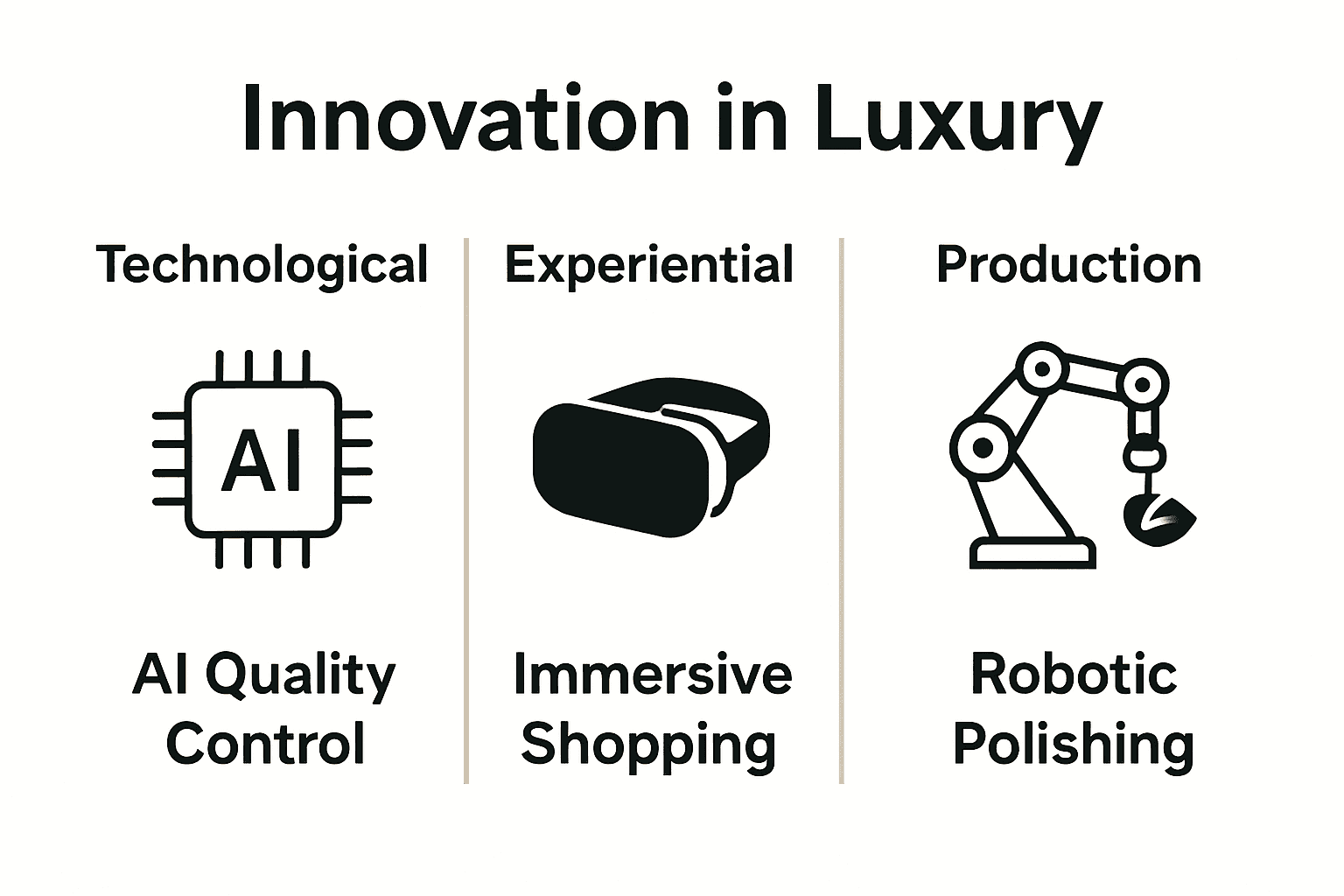
Industry analysis further illuminates this trend, highlighting AI-driven innovations in sectors like luxury watchmaking. Understanding the role of detail in luxury branding becomes crucial when examining how advanced image analysis can detect microscopic surface defects in real-time, ensuring unparalleled quality control. These technological interventions demonstrate that innovation in luxury is not about replacing human expertise, but enhancing and elevating traditional craftsmanship through intelligent, precise technological integration.
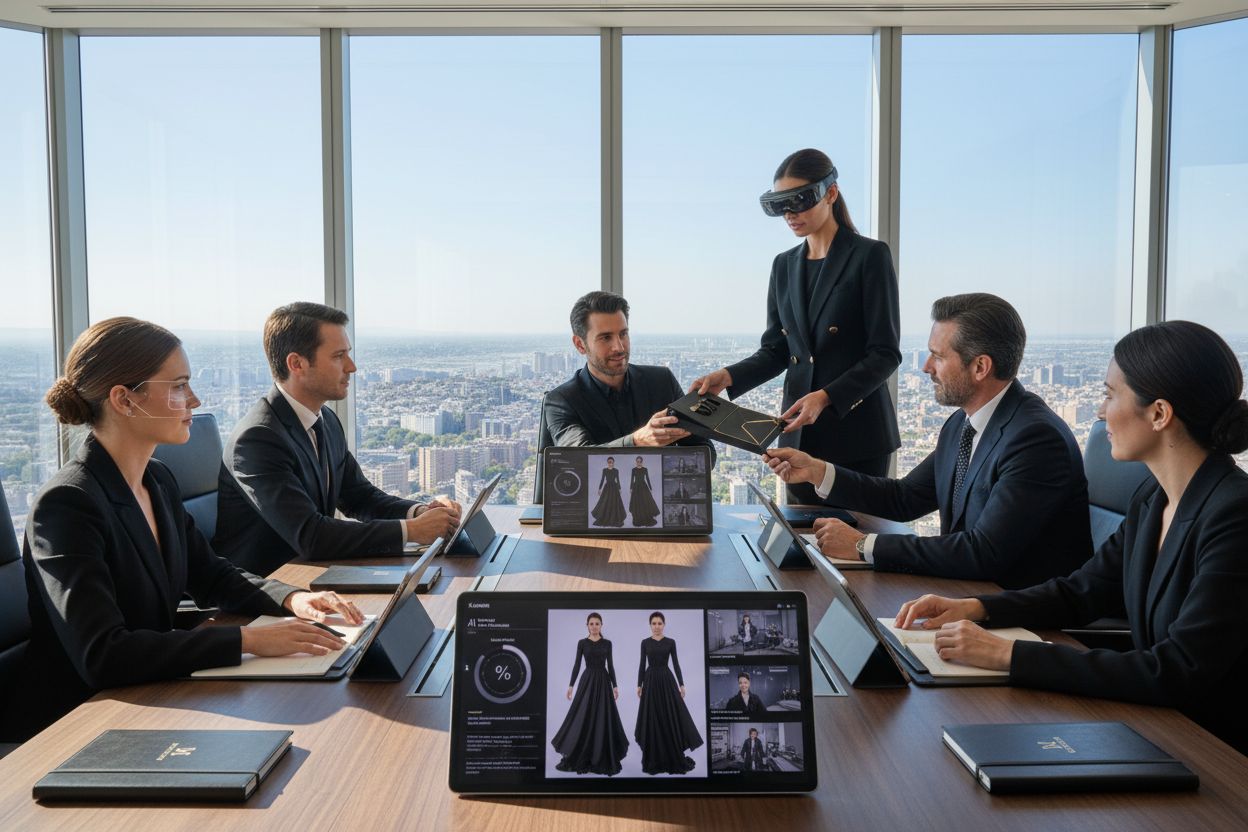
Leveraging Technology for Luxury Innovation
Technology integration has become a strategic imperative for luxury brands seeking to maintain competitive edge and relevance in an increasingly digital marketplace. The traditional perception of luxury as purely analog and handcrafted is rapidly evolving, with cutting-edge technological solutions becoming integral to brand differentiation and customer experience.
According to a 2025 Bain & Company/Comité Colbert report, luxury brands are making significant investments in technological capabilities. Remarkably, companies now allocate an average of 3.1% of revenues to technology, with 85% of CEOs recognizing its critical importance. More significantly, 60% of luxury leadership plans to increase technology budgets by over 5% in the next two to three years, signaling a robust commitment to digital transformation.
The technological landscape for luxury innovation encompasses several key domains:
- Artificial Intelligence: Personalization and predictive analytics
- Augmented/Virtual Reality: Immersive shopping experiences
- Blockchain: Provenance and product authentication
- Internet of Things: Connected luxury experiences
- Cybersecurity: Protecting high-net-worth client data
Understanding data-driven luxury marketing becomes crucial in this context, as technology enables unprecedented insights into consumer behavior and preferences. Professional overviews highlight that these technological interventions are not about replacing human touch, but enhancing it—creating more personalized, secure, and engaging luxury experiences that resonate with discerning global consumers.
Psychology-Driven Strategies for Premium Positioning
Psychological positioning represents a sophisticated approach to luxury branding that goes beyond traditional marketing techniques. It involves understanding the deeper emotional and cognitive drivers that motivate high-net-worth consumers to choose premium experiences and products. The core of this strategy lies in creating a narrative that resonates with the psychological needs and aspirational desires of discerning clientele.
Luxury brands must recognize that purchasing decisions are rarely purely rational. Consumers seek more than just a product—they are investing in a symbolic representation of their identity, status, and personal values. This means crafting brand experiences that tap into fundamental psychological motivations such as exclusivity, self-actualization, and emotional connection.
Key psychological strategies for premium positioning include:
- Scarcity Signaling: Creating perceived rarity and limited availability
- Emotional Storytelling: Developing narratives that connect deeply with consumer identities
- Status Symbolism: Designing experiences that reinforce social prestige
- Personalization: Offering tailored interactions that feel uniquely individual
- Aspirational Alignment: Connecting brand values with consumer’s ideal self-image
Understanding psychology in luxury branding reveals that successful premium positioning is about creating a holistic ecosystem of experiences that speak to the psychological sophistication of luxury consumers. By understanding the nuanced emotional landscape of their target audience, brands can develop strategies that transform transactions into meaningful, deeply personal connections that extend far beyond the initial purchase.
Risks, Challenges, and Common Mistakes
Innovation in luxury brands is a delicate balancing act fraught with potential pitfalls that can rapidly erode brand equity and consumer trust. Strategic innovation requires meticulous planning and an acute understanding of the brand’s core identity, as even well-intentioned initiatives can backfire if not carefully executed and emotionally aligned with consumer expectations.
A Financial Times analysis highlights the emerging threat of ‘dupe culture’—a phenomenon where imitation products closely resemble luxury offerings without direct infringement. This trend poses a significant challenge for luxury brands, as failure to defend against commoditization can systematically undermine a brand’s exclusivity and premium positioning. The risk extends beyond mere product mimicry, threatening the intrinsic emotional value that luxury consumers seek.
Key risks and challenges in luxury innovation include:
- Brand Dilution: Innovations that stray too far from core brand identity
- Technological Missteps: Failed technical innovations that damage credibility
- Authenticity Erosion: Losing the unique narrative that defines brand prestige
- Overextension: Attempting innovations in areas outside core competencies
- Consumer Disconnection: Innovations that fail to resonate emotionally
Understanding why consumer behavior matters becomes critical in navigating these challenges. The Financial Times’ report on Tag Heuer’s technical innovation attempts illustrates this complexity—past missteps can significantly harm brand credibility unless new efforts are clearly communicated and emotionally resonant. Successful luxury innovation demands more than technological prowess; it requires a nuanced understanding of the delicate psychological and emotional landscape that defines luxury consumer experiences.
Ready to Transform Your Luxury Brand with Proven Innovation?
The challenge facing luxury brands today is the urgent need to innovate while carefully preserving distinct heritage and unmatched quality. If you want to deliver customer experiences that combine technological leadership with emotional connection, Corrado Manenti offers a powerful path forward. Tapping into deep expertise in consumer psychology and strategic marketing, Corrado guides brands like yours to master innovation—not just in technology, but across sustainability, craftsmanship, and exclusive market positioning. Discover how you can apply strategies discussed in the Marketing Fashion category for actionable results.
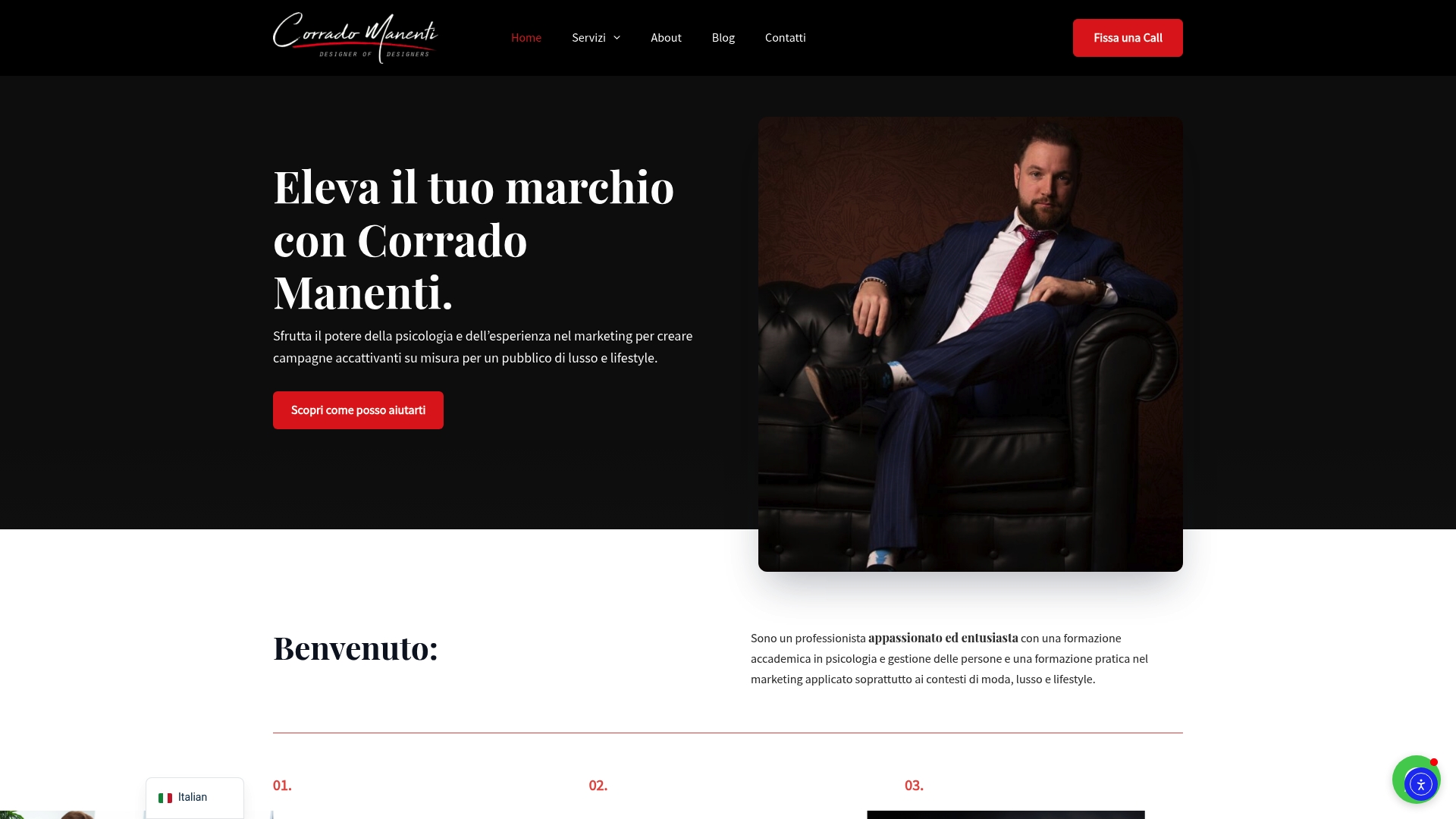
Your brand’s next breakthrough is within reach. Visit Corrado Manenti to see how psychology-driven marketing and forward-thinking innovation create lasting value in the luxury sphere. Take the next step and explore customized solutions that align with your ambitions and protect your prestige today.
Frequently Asked Questions
What is innovation in the luxury sector?
Innovation in the luxury sector involves preserving heritage while introducing transformative strategies that enhance value, experience, and sustainability, balancing technological progression with artisanal craftsmanship.
How can luxury brands effectively integrate technology into their innovation strategies?
Luxury brands can integrate technology by investing in AI, augmented reality, and other advanced solutions that enhance customer engagement and personalization without compromising the brand’s core identity.
What are the key types of innovation in luxury brands?
The main types of innovation in luxury brands include technological innovation, experiential innovation, sustainability innovation, and production innovation, each focusing on enhancing customer experience and brand differentiation.
What are the psychological strategies for premium positioning in luxury branding?
Key psychological strategies include scarcity signaling, emotional storytelling, status symbolism, personalization, and aspirational alignment, all aimed at tapping into the emotional and cognitive drivers of high-net-worth consumers.

